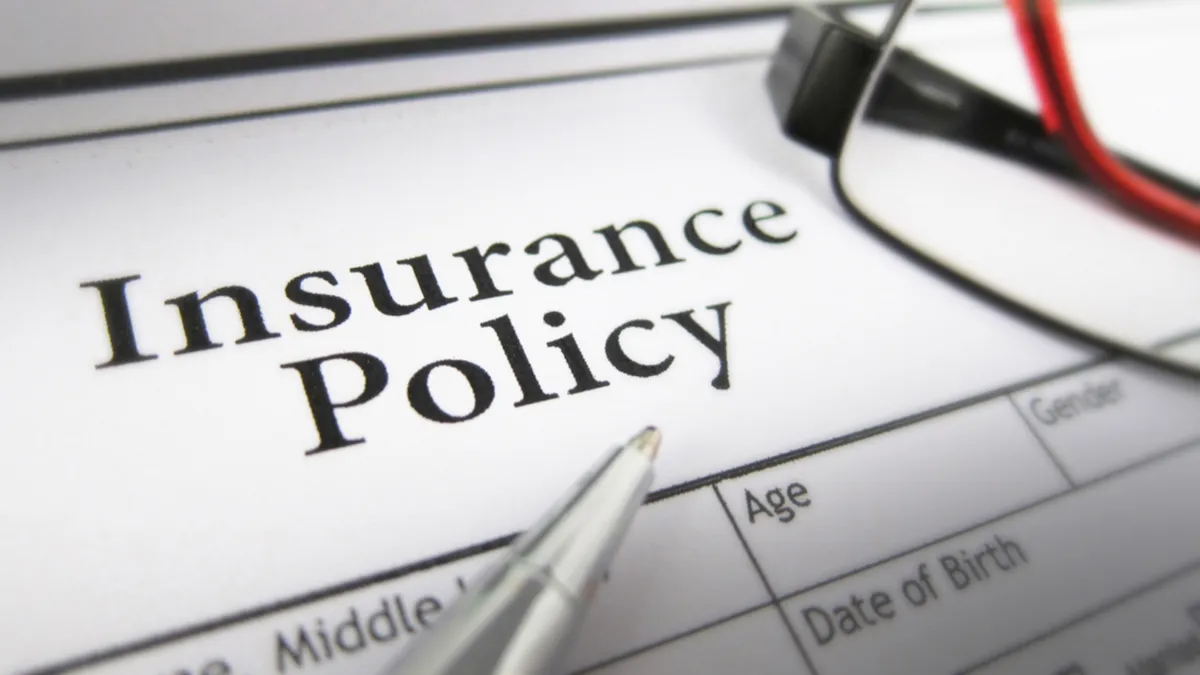The following is a guest piece written by Alan H. Packer and Graham C. Mills, partners at Newmeyer & Dillion LLP. It is part of a series that takes an in-depth look at risk in construction. To view other posts in the series, check out the spotlight page.
What is builder’s risk insurance and what does it cover?
Builder’s risk coverage is a special kind of insurance that provides first-party coverage for damage to buildings while they are being constructed. Collapsed shoring, fires, an existing sprinkler line hit during tenant improvements and vandalism are just some examples of incidents that may call builder’s risk policies into play.
Builder's risk contracts typically don’t provide coverage for natural disasters such as floods or earthquakes, and do not provide coverage for personal injuries that occur on the project. Unlike other insurance policies, builder's risk protects against unknowns only while work is being done on the building. Although there can be exceptions, coverage usually lapses and provides no further covered lapses once the project has been completed.
Every business, small or large, that embarks on a construction project needs builder’s risk insurance because it typically covers things that property and liability policies don’t. In particular, property policies will typically cover only designated or special risks, and usually will exclude damages arising from construction activities owners or contractors are engaging in on the property. Similarly, liability policies may protect against third-party claims for injuries or damage to the property of others, but liability policies will not protect against damage to property caused by construction activities. A builder’s risk insurance policy can complement the coverage provided by a liability policy so that a business has protection against a wide range of risks.
Note that some forms of builder’s risk policies may contain coverage provisions for delay damages caused as a result of a covered loss. For example, during tenant improvements, a plumbing pipe is hit by a backhoe and the building floods. Builder’s risk coverage will likely be triggered for the costs to repair the pipe and the flood damage, but if it delays the project for 6 months, who pays for the damages caused by the delay? A careful review of the policy is needed. One version of the policy may only provide coverage for extra costs incurred for overtime, as opposed to delay damages; another form might provide greater coverage.
Who needs builder’s risk insurance and when should the policy be purchased?
All construction processes should be associated with a form of builder’s risk insurance. Often is it provided by the owner of the property that is engaging the contractor — or the tenant, if the tenant is engaging the contractor for tenant improvements — but sometimes the contracting parties agree that it will be the contractor that will obtain and provide coverage for the work in progress.
Builder’s risk losses can occur from the moment the first shovel hits the dirt (think: oops, we hit a buried gas line!). As a result, the coverage should be in place before the project commences and before materials are even delivered to the site.
What are the do's and don’ts of buying builder’s risk insurance?
First off, don’t assume that existing property coverage will provide coverage for builder’s risk losses. Many property policies do not contain this coverage and will need to be purchased separately.
Second, there are many different forms of coverage and they should be looked at carefully. You will also need to verify what your reporting requirements are, when you must provide periodic reports and follow other procedural aspects as a part of the overall construction progress.
One problem we have seen in a number of cases is where the contract documents are not properly integrated so there is an uncertainty created as to who bears what portion of the loss.
In one recent case, a client’s subcontract specified that the subcontractors would all be covered under the builder’s risk policy maintained by the owner, but the general contractor’s contract with the owner provided otherwise. Often these provisions are in conflict or the contracts are silent, which could lead to a circumstance in which the owner’s builder’s risk carrier makes a claim against the subcontractor (or contractor) deemed responsible for the loss.
Careful attention to the contract provisions (and the policy creation) is needed to make sure that appropriate waivers of subrogation rights are put in the right place and that the contract documents are consistent, to avoid unnecessary dispute.
Be sure to know what your lender requires too, as well as what the local jurisdiction requires. These third parties likely have specific requirements as to the builder’s risk policies you obtain, and you will want to conform your insurance to their requirements. Similarly, if the project consists of tenant improvements and you’re the tenant performing construction activities, make sure you know what the owner requires. Likely, the owner and lender will require being named as additional insureds.
Lastly, be sure not to overlook best practices. A safety program, an onsite representative, a clear set of design documents, well-drafted contract and subcontract documents, quality control in the selection of contractors and subcontractors and well-implemented insurance requirements will go a long way toward protecting your interests before damage occurs to your building or project.




















